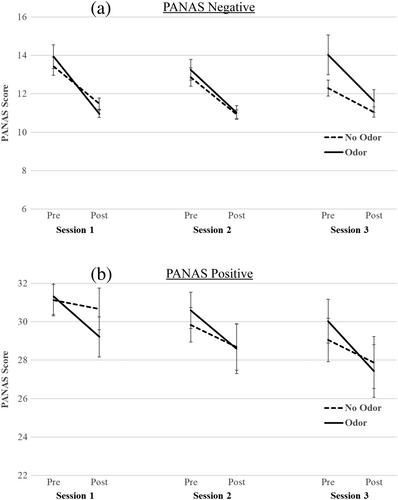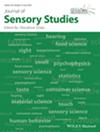Smelling an odor present during PMR does not impact heart rate during a stressful cognitive task
Abstract
Previous research on the impact of odors on current emotional state has been mixed, with some studies finding odors can induce feelings of relaxation while others have not. The aim of Part 1 of the current study was to investigate whether a feeling of relaxation, measured by a self-report positive and negative affect scale and heart rate (HR), could be associated with an odor after completing three supervised sessions of progressive muscle relaxation (PMR) training while wearing an odorized nasal clip. Although the Part 1 results revealed no differences in positive or negative affect or HR between participants who wore an odorized or non-odorized nasal clip, the PMR training was effective in reducing HR and negative affect overall. The aim of Part 2 was to determine whether the PMR training sessions in Part 1, could help reduce an objective measure of stress (i.e., HR) during four conditions of a cognitively stressful task, with and without an odorized nasal clip. The results for Part 2 revealed there were no differences in HR between participants who trained with odorized or non-odorized nasal clips in any of the four conditions. However, given no explicit tests of learned odor-PMR associations were performed, the lack of group differences may be due to various reasons, including a reduction in any learned association before testing Part 2. In summary and contrary to the hypothesis, participants who completed PMR training with an odorized nasal clip did not demonstrate a lower HR during a stressful cognitive task while wearing the odorized nasal clip, compared to those who wore a non-odorized nasal clip during PMR training. Future research on the association between odors and relaxation may benefit from adapting the training protocol to include more frequent or longer associations between the behavior and the odor.
Practical Application
The findings provide preliminary evidence that wearing an odorized nasal clip during light activities such as progressive muscle relaxation is tolerated well but further research exploring whether this pairing leads to feelings of relaxation when odors are presented alone is warranted.


 求助内容:
求助内容: 应助结果提醒方式:
应助结果提醒方式:


